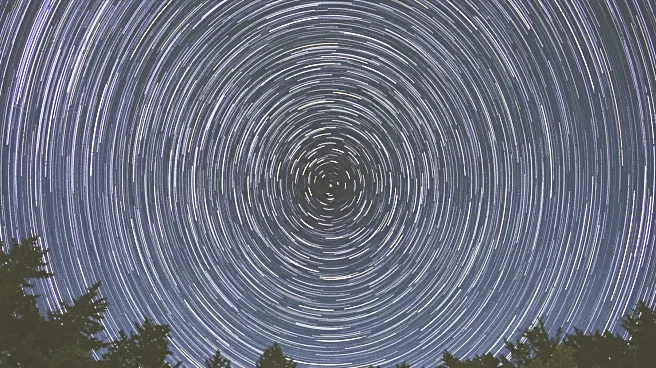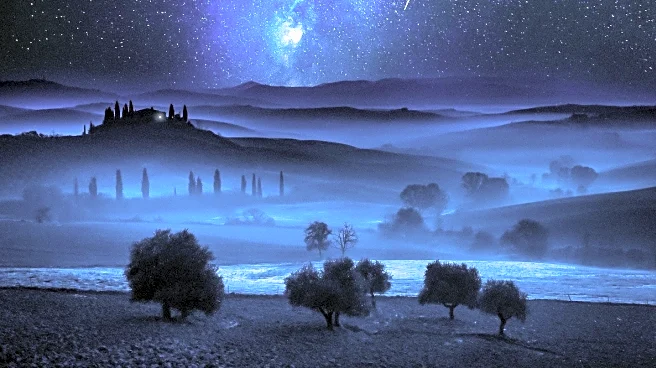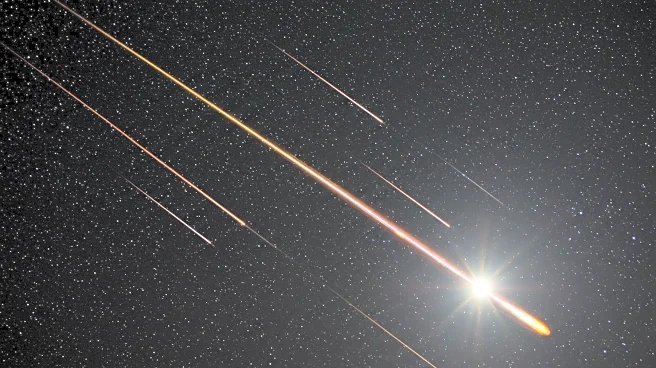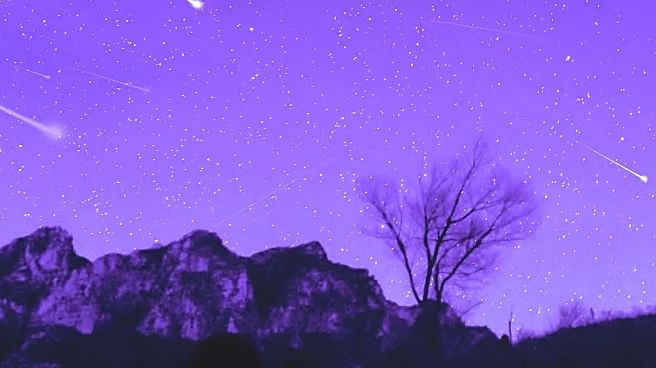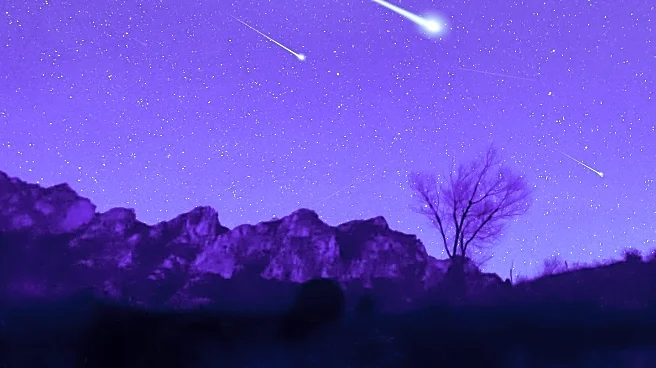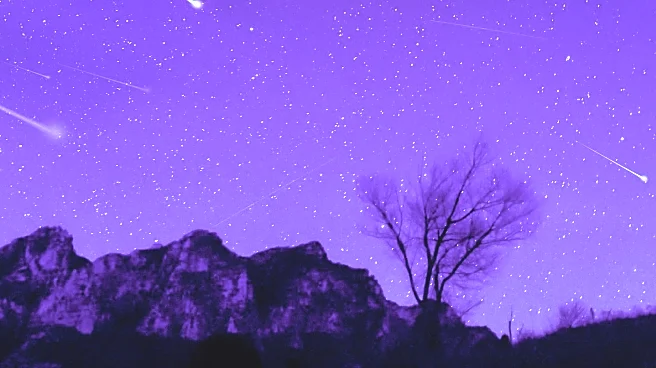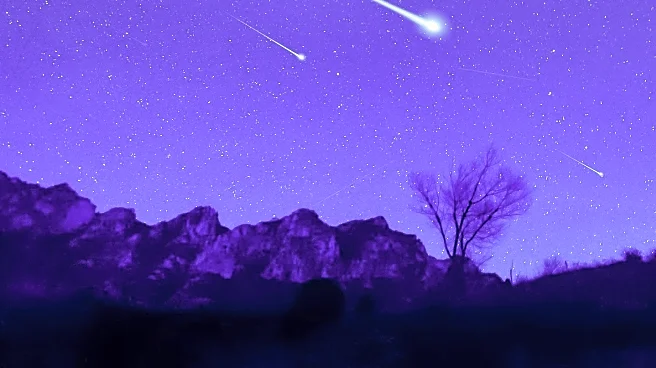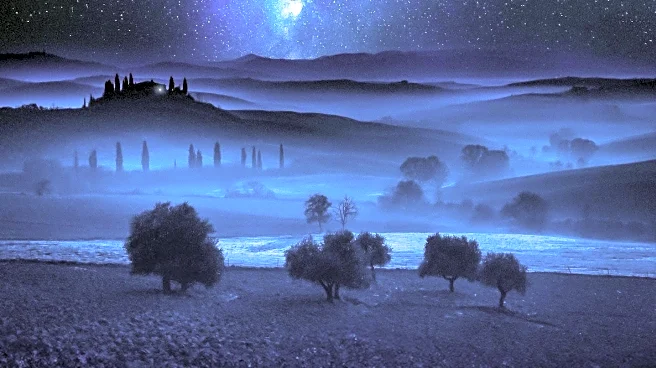Rapid Read • 7 min read
The Perseid meteor shower, considered by NASA as the best meteor shower of the year, is set to peak this week. Occurring annually when Earth passes through debris left by comet Swift-Tuttle, the Perseids are known for their bright fireballs and high visibility rates. This year, the shower is expected to peak during the overnight hours of August 12 into the early morning of August 13, with up to 50 to 100 meteors visible per hour under ideal conditions. Despite a bright moon, the Perseids' fireballs are anticipated to be visible. Stargazers are advised to watch the shower a couple of hours before dawn, allowing their night vision to adjust to the dark skies.
AD
The Perseid meteor shower offers a unique opportunity for both casual stargazers and seasoned astronomers to witness a cosmic event. It serves as a reminder of the natural wonders beyond Earth and encourages public interest in astronomy and space science. The event can also boost local tourism in areas with clear skies, as people travel to optimal viewing locations. Additionally, it highlights the importance of preserving dark sky areas free from light pollution, which is crucial for astronomical observations.
Following the Perseid meteor shower, the next major meteor event is the Orionid meteor shower, expected to peak in late October. While not as intense as the Perseids, the Orionids will still provide a beautiful display, especially under dark skies. This sequence of meteor showers continues to engage the public in astronomical phenomena and promotes awareness of celestial events.
AD
More Stories You Might Enjoy
